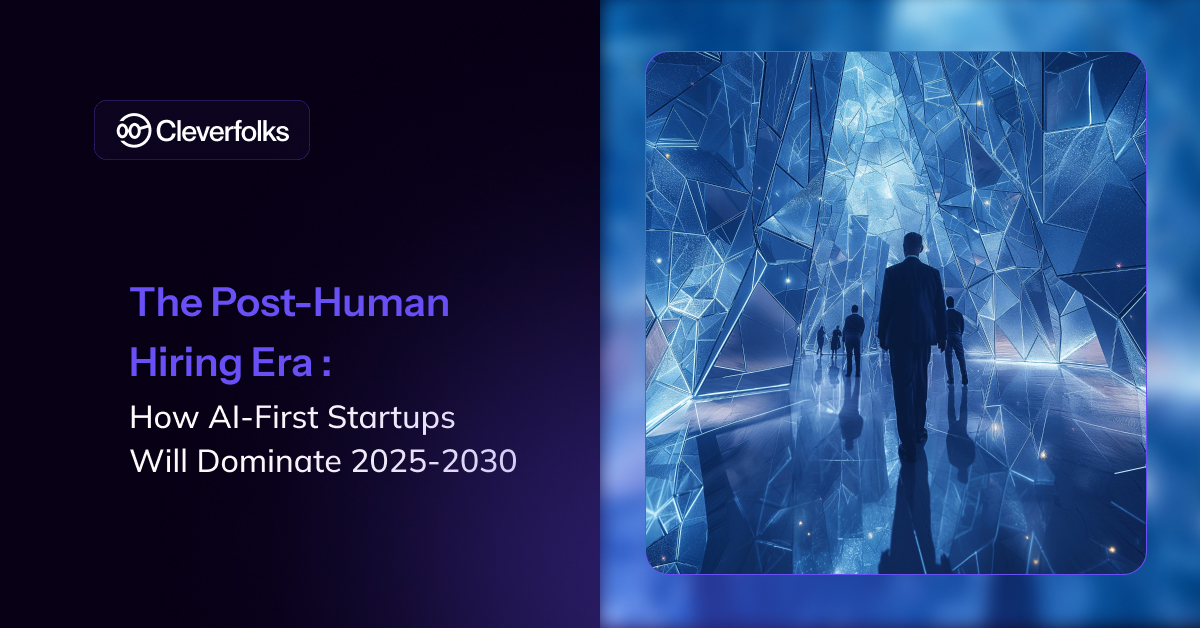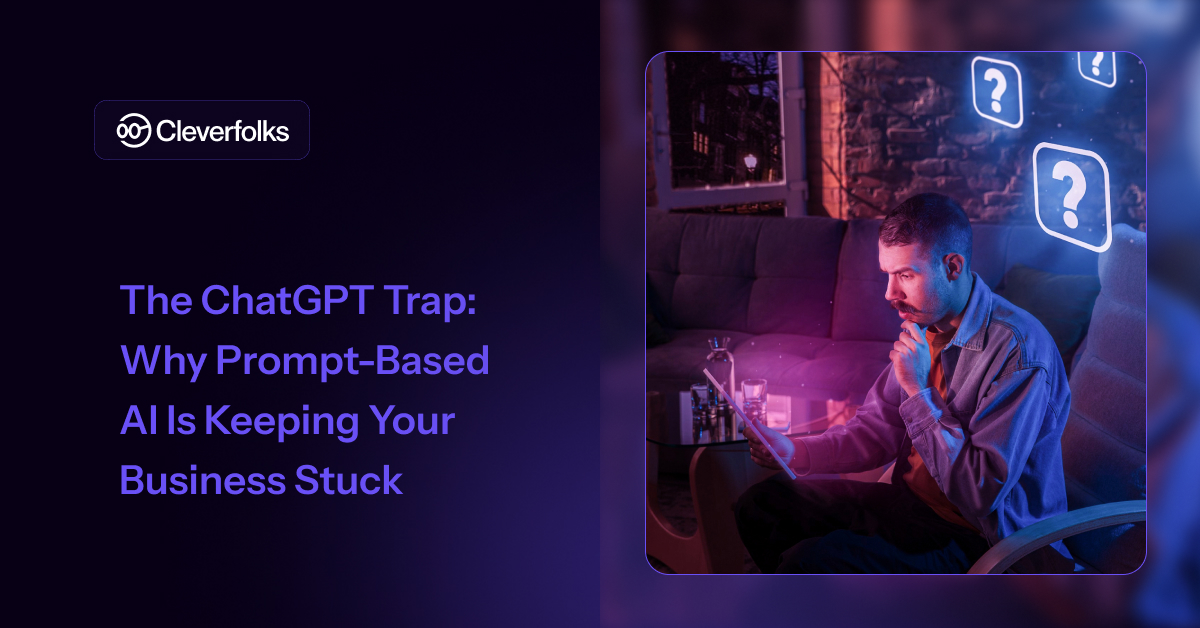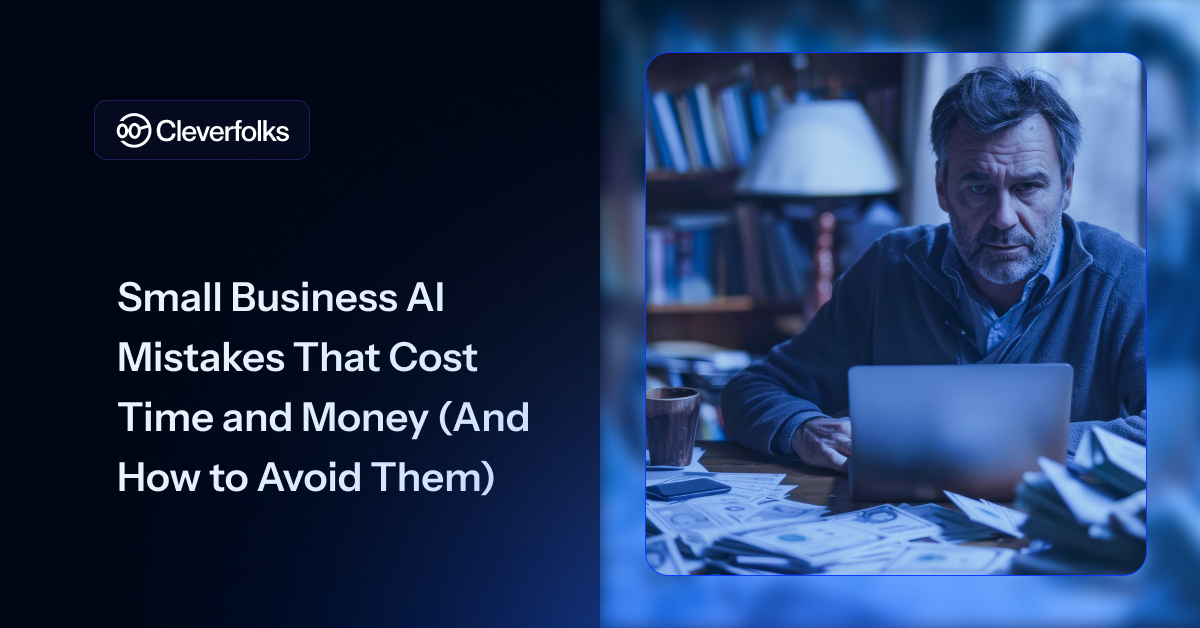
5 Small Business AI Mistakes That Cost Time and Money (And How to Avoid Them)
You’re scrolling through LinkedIn at 2 AM (don’t judge, we’ve all been there), and you see another post about how AI is “revolutionizing” someone’s business. Suddenly, you’re convinced that without AI, your company is about as relevant as a fax machine at a millennial’s birthday party. So what do you do? You dive headfirst into the AI pool without checking if there’s water in it first. Welcome to the expensive world of small business AI mistakes, where good intentions meet bad execution, and your budget gets sacrificed to the digital gods. The truth is, while AI can absolutely transform your business, it can also transform your bank account and not in the good way. Ready for some digital horror stories that’ll make your wallet weep? Let’s explore the five costliest AI mistakes small businesses are making, complete with real-world examples that prove sometimes reality is stranger (and more expensive) than fiction.

How do Specialized AI Employees fit into existing business operations?
Your best employee just quit. Again. The one who actually understood your clients, knew where all the important files were buried, and could handle those impossible deadlines without breaking a sweat. Now you’re staring at another expensive hiring process, months of training, and the crushing realization that even if you find someone decent, they’ll probably leave in 18 months anyway. What if that problem just… disappeared forever?
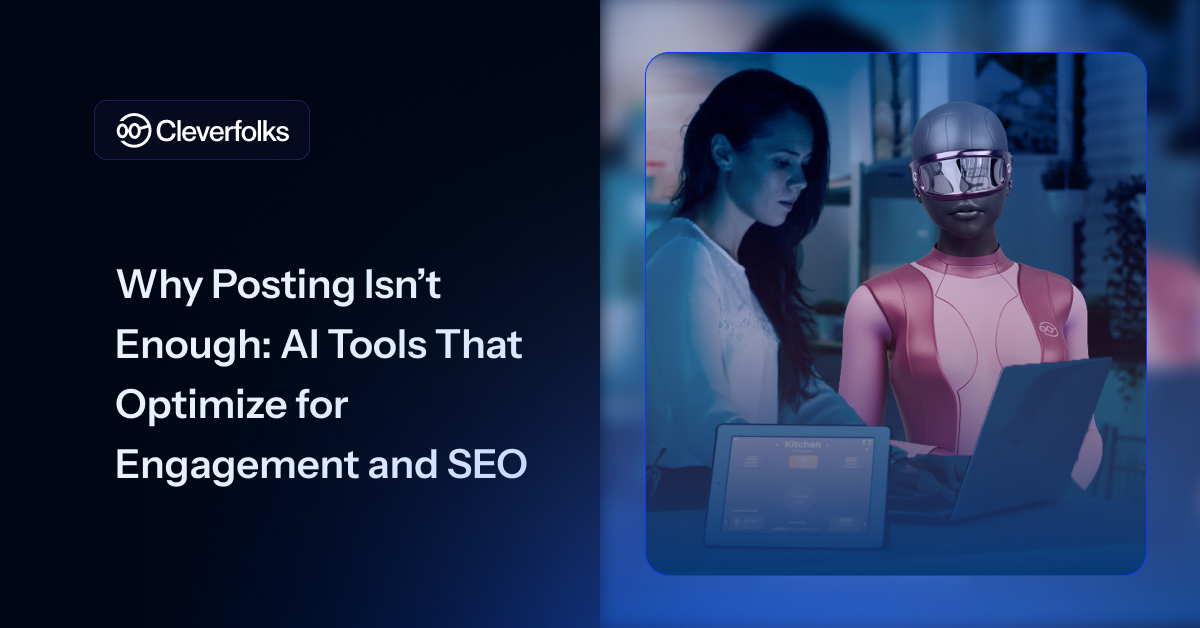
Problems with Using Generic AI Tools for Business Operations
Stop falling for the generic AI trap. One-size-fits-all solutions promise everything but deliver mediocre results in real business environments. Your competitors are stuck with the same bland tools while specialized AI gives you the edge. This is why you need Industry Specific Intelligence.
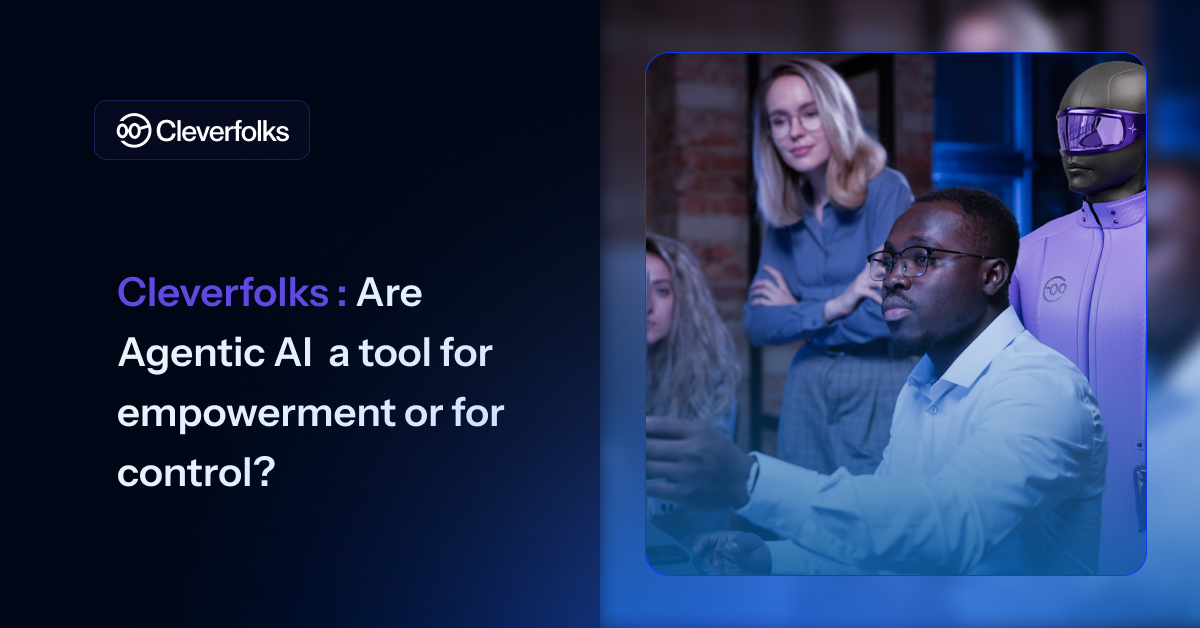
Cleverfolks : Are Agentic AI a tool for empowerment or for control?
No, they aren’t destined to control us. Humans are bound to think this way, it’s our default fear response to any technology that seems too advanced, too autonomous. We’ve been conditioned by decades of science fiction, from Ex Machina’s manipulative AI Ava deceiving her creators to Skynet’s relentless war against humanity in The Terminator. These narratives have embedded a deep-seated fear that AI will inevitably turn against us. But the reality? We’re not there yet, and we don’t have to be. The real point is whether these systems serve as instruments of human empowerment or become sophisticated mechanisms of control. As businesses integrate agentic AI employees that can make decisions and take actions with minimal human oversight, this question moves from philosophical to practical.
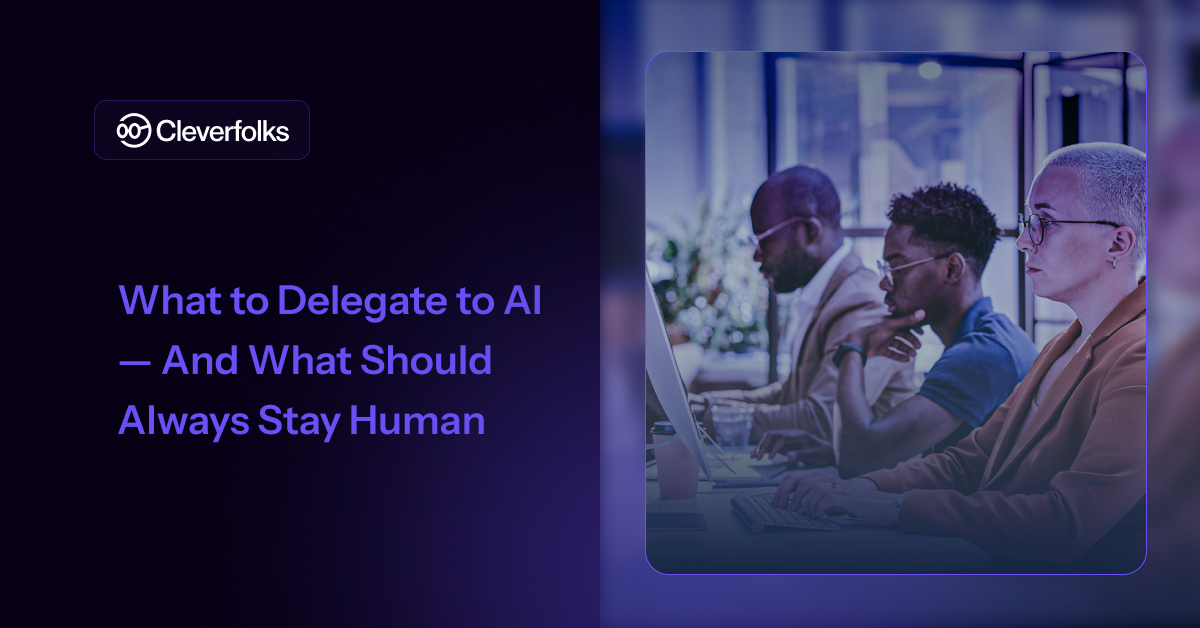
Cleverfolks: What to Delegate to AI — And What Should Always Stay Human
Most businesses get AI delegation dangerously wrong, automating the wrong tasks while clinging to busywork humans hate. The companies thriving today know exactly which decisions to never give AI, and which routine work is secretly draining their best talent. Master this balance or watch competitors leave you behind.
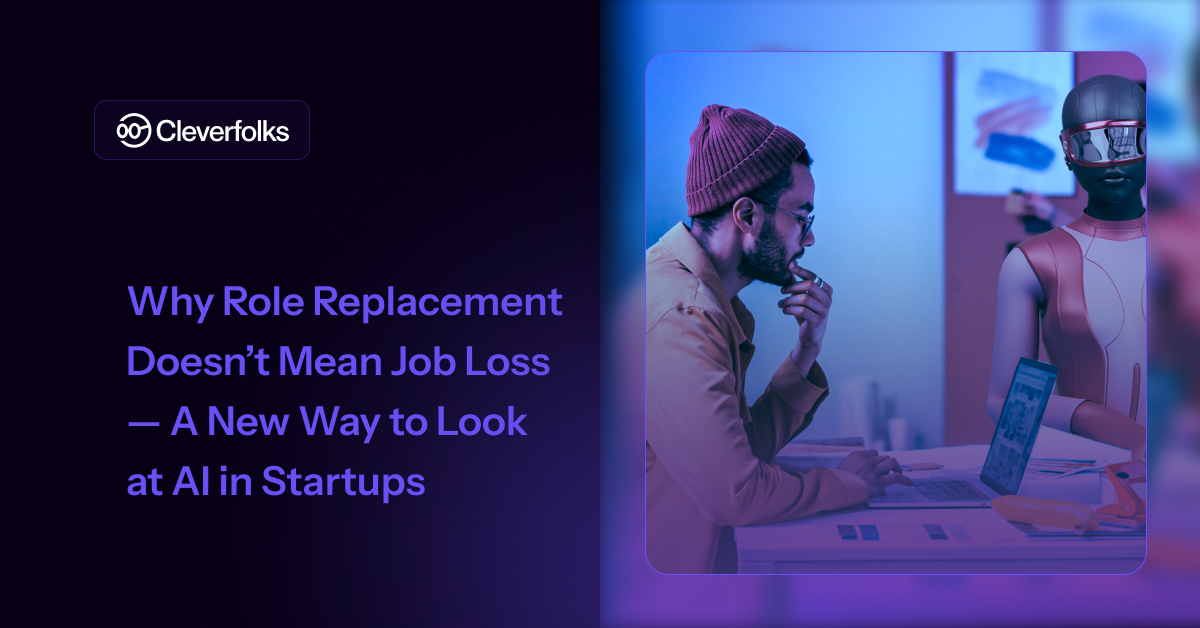
Why Role Replacement Doesn’t Mean Job Loss — A New Way to Look at AI in Startups
What if the question isn't 'Will AI steal jobs?' but 'How can AI employees make human workers irreplaceable?' Forward-thinking startups are discovering that specialized AI teammates don't eliminate roles, they elevate them to strategic heights.
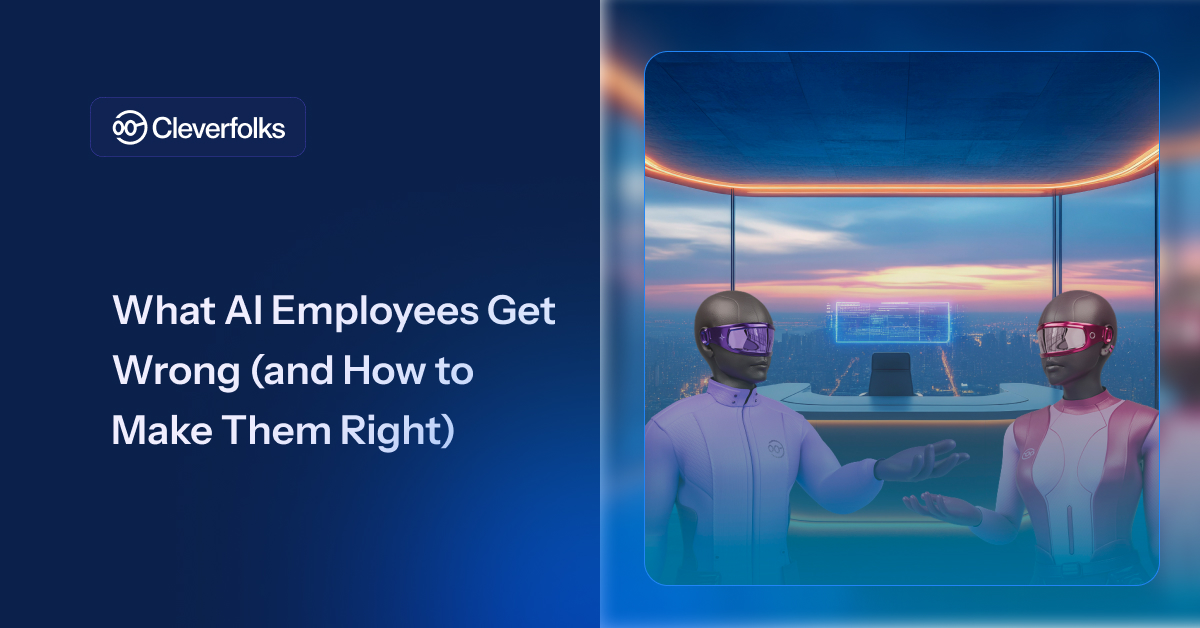
What AI Employees Get Wrong (and How to Make Them Right)
Wanna know a secret about Virtual AI Employees? They're not failing because they're stupid, they're failing because you're treating them like software instead of teammates. The companies cracking the orchestration code are leaving everyone else behind. Check out what we found out belwo
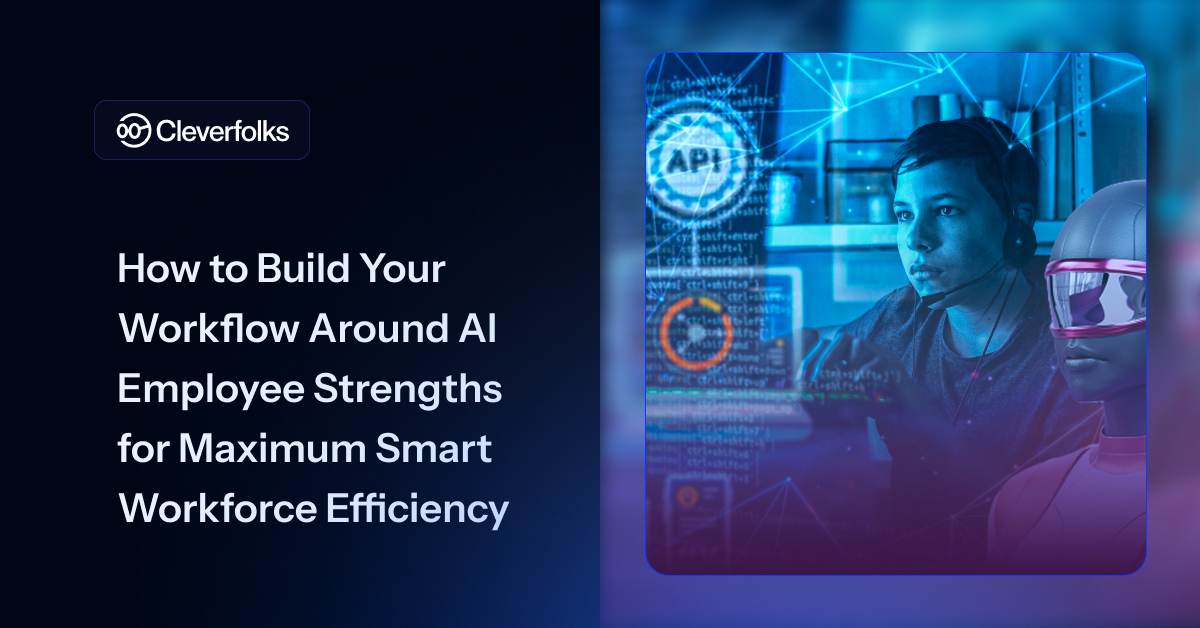
How to Build Your Workflow Around AI Employee Strengths for Maximum Smart Workforce Efficiency
75% of workers already use AI, but most companies are still treating it like a threat. While competitors gain 90% productivity boosts through strategic AI employees, are you building workflows that amplify human potential, or watching your team get left behind in the AI revolution?
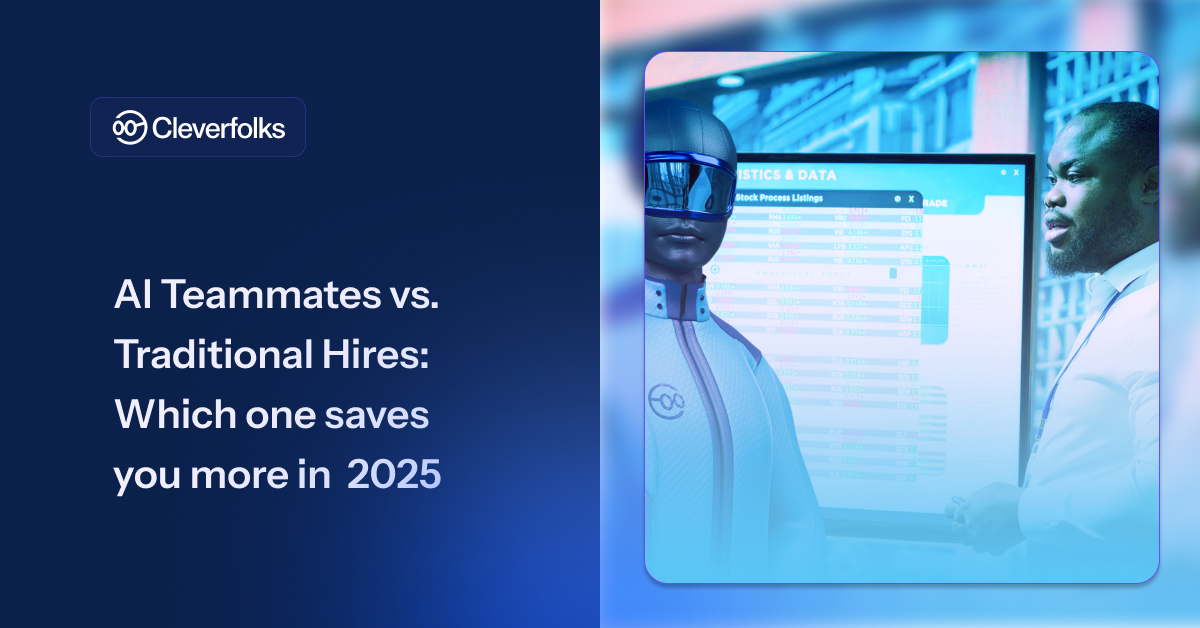
AI Teammates vs. Traditional Hiring: Which One saves u more in 2025
Companies are bleeding top talent to faster competitors while drowning in costly mis-hires. Traditional hiring is dying. AI workforce automation promises 60% faster hiring with superior accuracy, but can artificial employees really outperform human judgment in finding your next star performer?
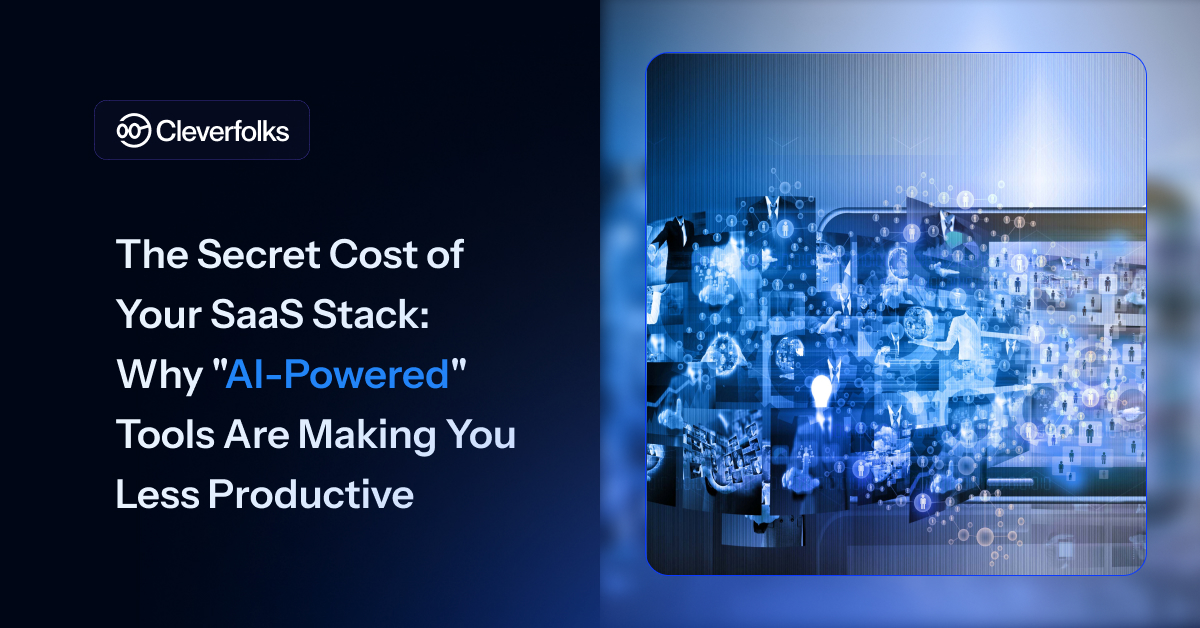
The Secret Cost of Your SaaS Stack: Why "AI-Powered" Tools Are Making You Less Productive
Organizations today face a paradox with AI-powered SaaS tools. While each individual tool promises to enhance productivity, the collective reality often tells a different story. Integration complexity has become the silent productivity killer, undermining the very benefits these tools were meant to deliver.
